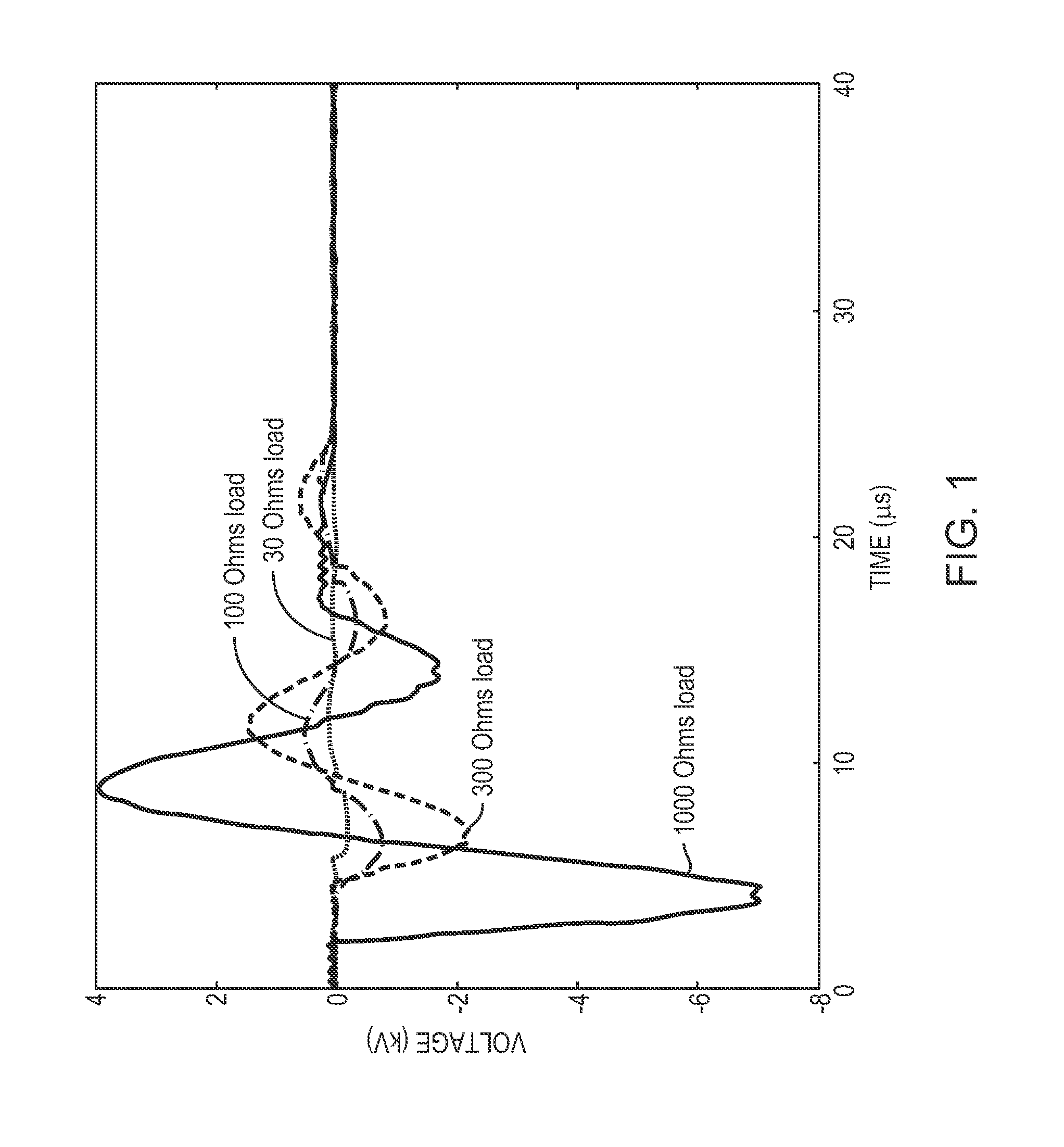While many are available, however, only a limited number of manufacturers sell stun devices in a gun form-factor.
Manufacturers have conducted various safety studies involving humans and animals to allay public fears and to use as a defense in litigation, where the actual output of the device is considered to have been a cause of injury or death of the target.
Thus, lacking regulatory approval of a universal waveform, each company documents its waveform's safety by performing safety studies for its own devices.
While safety factors of each waveform have been disclosed in publications, the device use data and associated instances of injury and death to date also reveals significant questions regarding safety.
Notwithstanding a manufacturer's claim of safety, electric stun device safety can only be assured if the stated waveform is both proven safe and is consistently produced and delivered by the device.
However, there is no easy, simple way to verify device output on a regular basis within the typical law
enforcement context.
While this approach may be helpful in determining the safety of a device right off the
assembly line, stun devices are rarely, if ever, tested after being in the field for a period of time.
Moreover, any tests performed on a particular device are often performed only after a discharge against a target has occurred, usually, and unfortunately, after there exists a reason for testing (e.g., an unintentional death of a target during deployment).
These commonly recognized characteristics may not be sufficient, in all circumstances, to determine adequately or reliably the reason for an adverse result (i.e., a death of a target).
Moreover, if one follows the analogy of forensic study of ballistic evidence, it is clear that the capability to collect and analyze electric stun discharge evidence is lacking.
While some attempts are being made to develop systems to test particular stun devices from a specific manufacturer, these attempts do not appear to contemplate a device that test both existing and not-yet-developed stun devices, or to test and compile information on both existing and not-yet-developed stun devices to enable research into the safety and
efficacy of electric waveforms and stun devices, generally.
Changes in output can occur due to a number of factors, including, but not limited to, defective manufacture, component failure due to use, current leakage to operator, change in manufacturing components, deliberate alteration of components and power supply, etc.
Thus, manufacturers' stated claims of output should not be relied upon as accurate over the lifetime of use of the device, nor across successor models.
Currently, stun device output is not regulated at the state or federal level with respect to waveform or magnitude, nor are manufacturing standards tied to any stated degree of device performance or acceptable deviation from stated specifications.
The lack of
verification is problematic for law
enforcement officials who use the devices routinely and who may be involved in litigation due to a specific, often fatal, incident.
Medical experience has shown that risks from electrical stimulation include abnormal heart rhythms, epileptic seizures,
cell injury and death.
For example very fast, high-amplitude transients can produce injury inside of cells.
However, no universal test devices currently exist that can consistently meet the needs described above for known and to-be-developed stun devices.
Additionally, there presently exists no method for imposing accountability on users or manufacturers of stun devices by proving how a particular stun device was operating prior to discharge during routine use against a target.
Moreover, there exists no
system for collecting information and storing it reliably for “large data” analysis about stun device discharge characteristics to study the effects of stun devices on an industry-wide basis.
 Login to View More
Login to View More  Login to View More
Login to View More 


